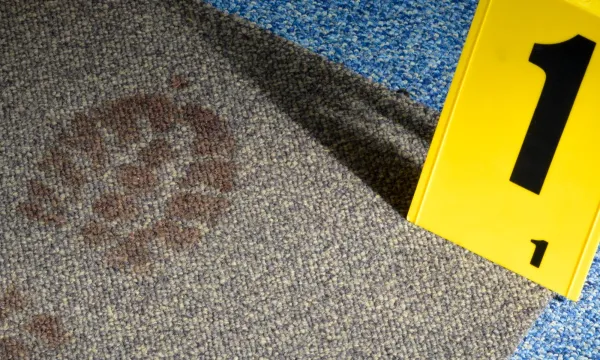
Forensics Academy
This exciting day is designed to engage students in the fascinating world of forensic science.
When:
Recommended for: KS2 (7-11)
Wheelchair access limited
Theme day

This exciting day is designed to engage students in the fascinating world of forensic science.
Wheelchair access limited
Theme day